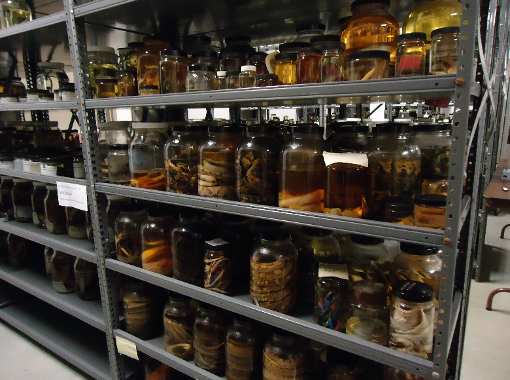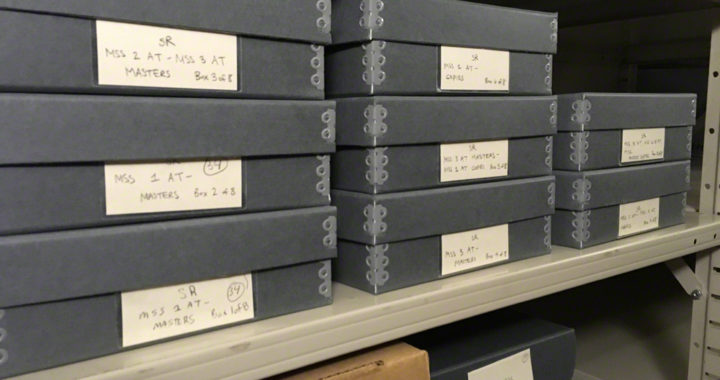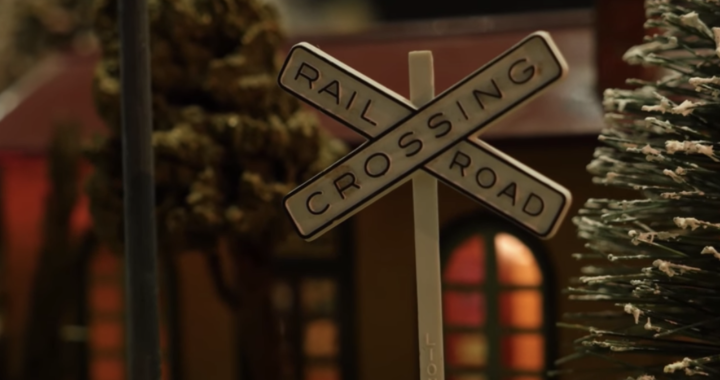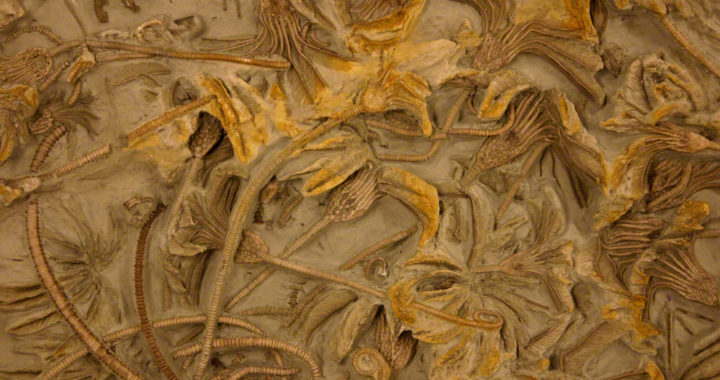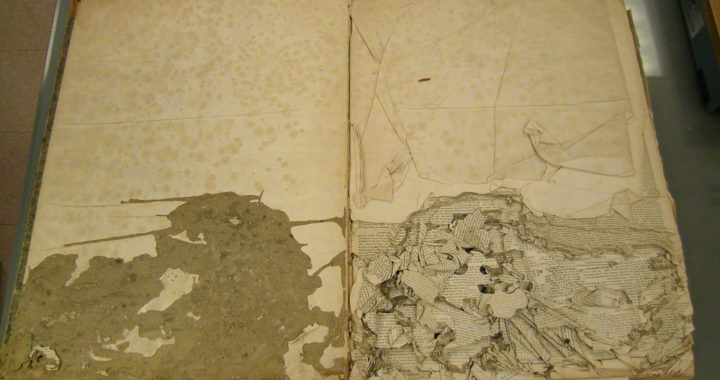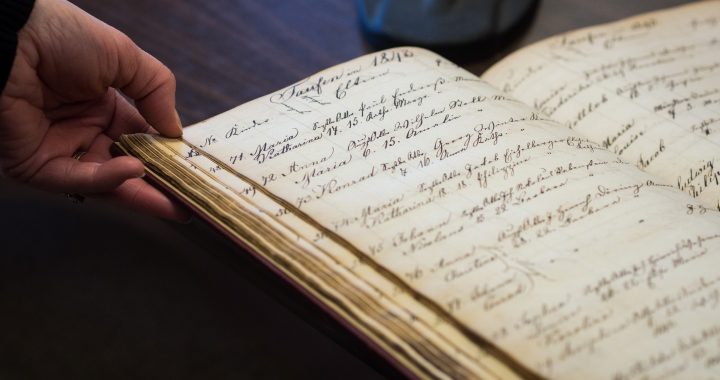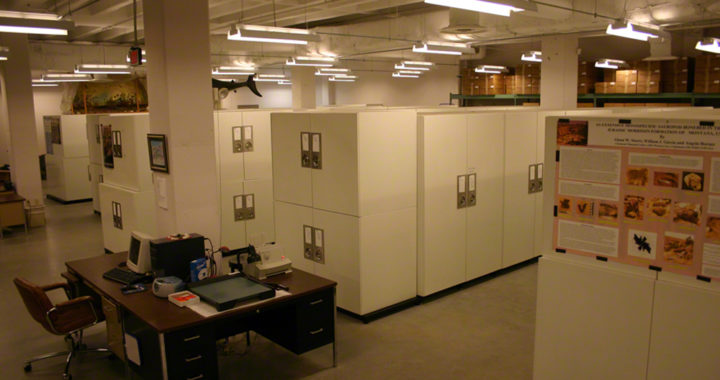The Zoology collections at Cincinnati Museum Center are divided into “fluid” and “dry” collections. The fluid collection space is one of my favorites at the museum – it is equal parts creepy and fascinating for most visitors. In the dry collections, specimens are typically skinned (removing all the organs and soft tissue), stuffed, and dried.
[READ MORE]Category Archives: Behind the scenes
Irish Tape and Our Sound Recording Collections
One of the collections I get to manage is the Sound Recordings, and, as you can imagine, we hold a pretty diverse spectrum of recording technology.
[READ MORE]Woodrat Hunting With CMC’s Zoology Curator
During the second week of last November, I spent a couple of days at the Museum Center’s Edge of Appalachia preserve looking for my newest study organism – the Allegheny woodrat (Neotoma magister).
[READ MORE]The Stuart Shuster Train Story
Created using original and reproduction Lionel trains and accessories, Stuart’s layout has all the bells and whistles that our visitors, young and old, have come to expect at Museum Center during the holidays.
[READ MORE]A World-Class Crinoid Fossil Assemblage
This slab is covered with complete and nearly complete specimens of one species of crinoid, Glyptocrinus decadactylus, and is one of the largest and most spectacular examples of fossil crinoid preservation ever found in the Cincinnatian Series (Late Ordovician Period, 450 million years ago).
[READ MORE]DNA Sequencing Urban Artifact’s Union Terminal Beer
In late 2016, Urban Artifact brewers collected yeast from Union Terminal grounds. A few months later, at a 21+ Curiocity (now Museum on Tap) event, they premiered a new, fruity brew, Union Terminal Bock, made from the National Historic Landmark’s yeast! As a part of the event, we were asked in zoology to determine the yeast’s species. This is how we did it.
[READ MORE]Preservation Tip: Dealing With Insect Damage
Insects are attracted to materials containing cellulose. Paper-based collections (documents, books, newspapers) contain cellulose and need to be protected from insect attack. Storing collections in cool dry spaces is preferable because there is a link between higher temperature and relative humidity, and increased insect activity.
[READ MORE]From the Card Catalog to the Internet
The challenge facing me and my team is to fit older collections into these new standards and to get them online so researchers can see that we have them.
[READ MORE]A Museum Without Walls: Invertebrate Paleontology Collection Now Online
Accessing information has traditionally been done through contact with curatorial staff or in-person visits to collections, until now.
[READ MORE]Lionel Hampton at Cincinnati’s Regal Theater
Lionel Hampton, renowned jazz musician and bandleader, known for his work on the vibraphone, piano, and drums, appeared at Cincinnati’s Regal Theater on Saturday, August 18, 1956.
[READ MORE]